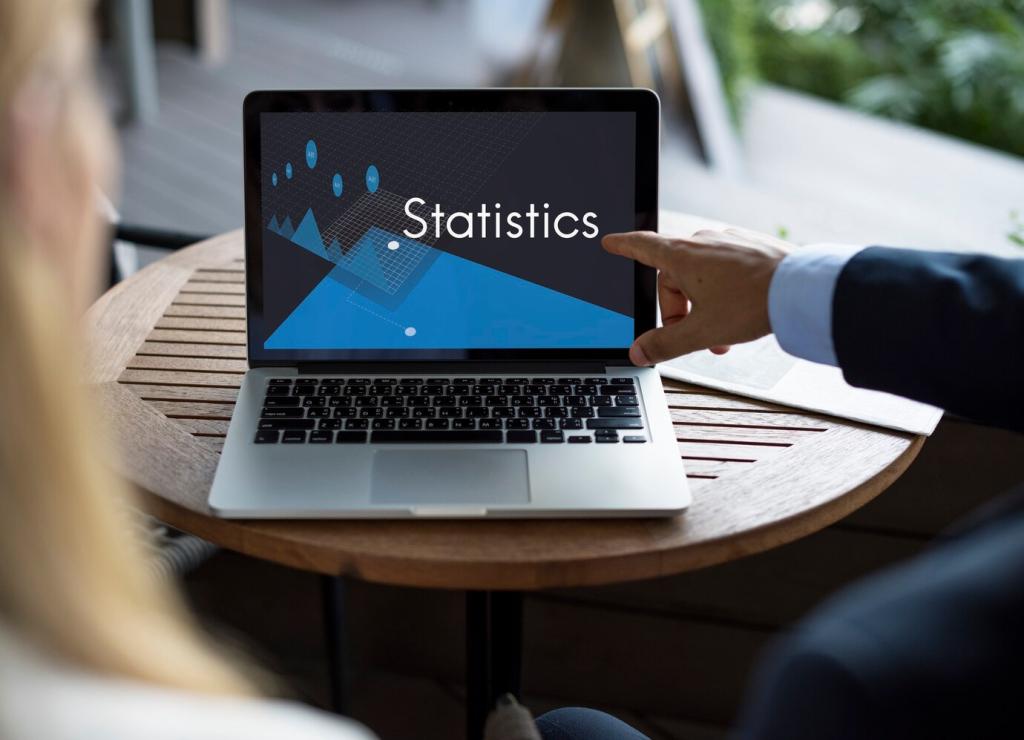Make Every Second Count with Real-Time Investment Performance Monitoring Tools

Why Real-Time Monitoring Changes Portfolio Decisions
A trader once told me the difference between an anxious afternoon and a confident one was a live drawdown widget. When the screen updated instantly, decisions felt deliberate, not desperate. What would you anticipate if your numbers never lagged?
The Metrics That Matter in Real Time
01
TWR vs. MWR When the Clock Won’t Stop
Time-Weighted Return shines when judging manager skill independent of cash flows, while Money-Weighted reflects investor experience. In real time, pairing both exposes reality: execution skill versus lived returns. Which one guides your intraday decisions more?
02
Drawdown, Sharpe-on-the-Fly, and Rolling Alpha
Instantaneous drawdown contextualized against rolling volatility keeps anxiety useful. Approximate real-time Sharpe stabilizes with short rolling windows. Streaming alpha against a chosen benchmark reveals whether outperformance reflects luck or process. Which rolling window length best represents your horizon?
03
Benchmarking Without Blind Spots
Real-time comparisons demand synchronized timestamps, price types, and currency conversions. Inconsistencies hide in rounding and stale FX. Align data granularity before trusting spreads. Comment with your favorite live benchmark pairings and the pitfalls you’ve eliminated.
Data Pipelines and Latency That Actually Deliver
Architecture for Streaming Truth
Use event streams for ticks, snapshots for sanity, and idempotent processors to avoid ghost trades. WebSockets for pushes, resilient retries for drops, and clear provenance metadata ensure every number tells a trustworthy, repeatable story.
Price Types and Their Hidden Consequences
Last trade, bid, ask, or mid? Your choice affects performance estimates, slippage assumptions, and alert sensitivity. Document the logic openly so stakeholders understand the edges. Which price do you standardize on, and why does it fit your strategy?
Latency Budgets You Can Live With
Define target end-to-end latency—ingestion to visualization—before adding features. Many teams win by enforcing 250–500 ms budgets for equities, longer for funds or bonds. Share your current target; we’ll crowdsource realistic standards.
Alerts That Inform, Not Alarm
Combine absolute thresholds with relative changes and volatility normalization. A 1% dip means one thing on a sleepy day and another on a wild open. Good alerts embed context, so you act with confidence, not panic.
Alerts That Inform, Not Alarm
Simple z-scores, regime-aware baselines, and cooldown timers reduce alert storms. During March 2020, one team cut noise by 70% by pausing repeated alerts within five minutes. What cooldown rules keep your phone from melting?


Designing Dashboards for Decisions
Put portfolio P&L and drawdown up front, exposures on the side, and drill-throughs one tap away. Reserve color for urgency. Use sparingly animated micro-interactions to convey freshness without fatiguing the viewer.


Designing Dashboards for Decisions
Heatmaps summarize where performance concentrates; timelines narrate how it evolved. Pair them to show both magnitude and momentum. Adding annotations for news or trades builds a memory palace you can revisit under pressure.
Bridging Backtests with Live Reality
Use one shared library for return calculations, rollups, and currencies. A single source of math truth prevents subtle drift. If your backtest says stable and live screams chaos, the first suspect is usually definition mismatch.
Bridging Backtests with Live Reality
Run paper trading with identical data paths and latencies. Surface deltas between simulated fills and actual executions. Celebrate gaps—they teach reality. Which discrepancies hit you hardest when moving from research to live?

Governance, Audit, and Confidence Under Scrutiny
Store event hashes, precise timestamps, and user actions. When questions arise, you can reconstruct the truth. This habit reduces second-guessing and strengthens the credibility of every chart, alert, and decision.

Governance, Audit, and Confidence Under Scrutiny
Analysts need exploration; approvers need certainty. Role-based views prevent accidental edits and keep sensitive data tight. Clear responsibilities mean faster decisions with fewer mistakes in the heat of market moves.
